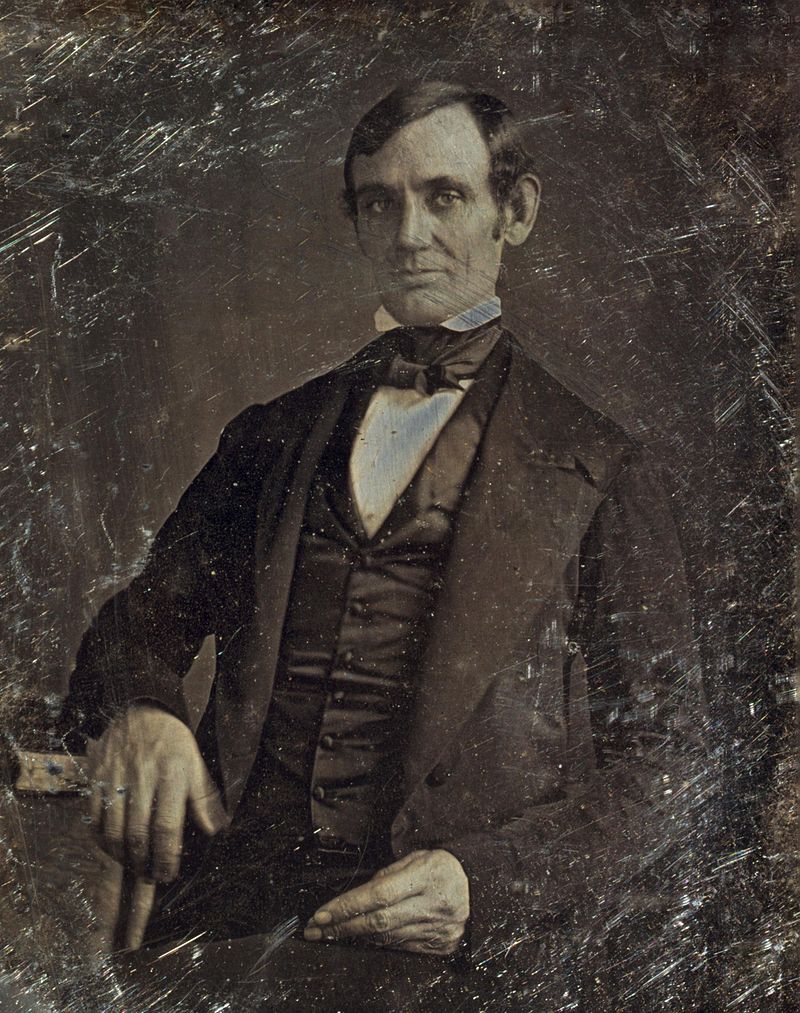Tuesday, July 12, 2022
Catholic Scholar Erasmus on This Day in History
Monday, July 11, 2022
Murder at Big Moose Lake on This Day in History
This day in history: A young American woman named Grace Brown was drowned by her boyfriend, Chester Gillette, on Big Moose Lake, New York, after she told him she was pregnant on this day in 1906.
The events and trial of the suspect attracted national newspaper attention.
Brown's life has inspired such fictional treatments as Theodore Dreiser's 1925 novel An American Tragedy, and Jennifer Donnelly's 2003 novel A Northern Light. The murder was analyzed and explored in two non-fiction books, both published in 1986: Adirondack Tragedy: The Gillette Murder Case of 1906, written by Joseph W. Brownell and Patricia A. Wawrzaszek, and Murder in the Adirondacks: An American Tragedy Revisited, by Craig Brandon.
"On July 11, 1906, Miss Brown, 20, climbed into a boat with her boyfriend, Chester Gillette. They rowed onto Big Moose Lake in the Adirondacks, where Mr. Gillette bludgeoned Miss Brown with a tennis racket and pushed her overboard, knowing she could not swim. After her bruised body was plucked from the water the next day, an autopsy showed she was several months pregnant. The police also found her desperate letters to Mr. Gillette, 23, saying she knew he was dating other women, and was terrified he would run off." Source
Gillette’s trial in the village of Herkimer was the biggest the area had ever known, drawing reporters from around the country and made front-page news all over. The trial lasted three weeks, and resulted in a guilty verdict for Gillette for the premeditated murder of Brown; he was sentenced to death. The New York Court of Appeals affirmed the conviction, and Governor Charles Evans Hughes refused to grant clemency.
Gillette was executed on March 30, 1908, in Auburn Correctional Facility by electrocution.
Sunday, July 10, 2022
Father of Photography, Louis Daguerre on This Day in History
Saturday, July 9, 2022
The Martyrs of Gorkum on This Day in History
Friday, July 8, 2022
Alfred Binet (and the IQ Test) on This Day in History
Thursday, July 7, 2022
Ringo Starr on This Day in History








